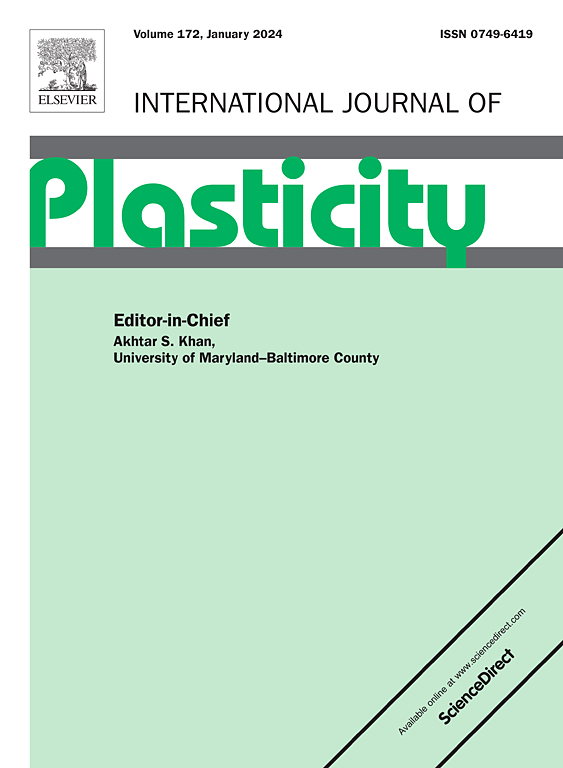Ultra-high temperature diffusion in multi-principal element alloys: Experiment, simulation and theory
IF 12.8
1区 材料科学
Q1 ENGINEERING, MECHANICAL
引用次数: 0
Abstract
Multi-principal element alloys (MPEAs) have garnered significant attention due to their exceptional performance under extreme conditions such as high temperatures and irradiation, yet their diffusion behavior and mechanisms at elevated temperatures remain elusive. In this work, we investigate the diffusivity of a NixCoCr alloy system under high temperature conditions as a model for MPEAs. Our findings reveal that, the alloys with high mixing entropy exhibit unexpectedly diffusivity at ultra-high temperatures, challenging the conventional wisdom that diffusion in high-entropy alloys is typically sluggish. Based on tight-binging model, it is revealed that severe lattice distortion and electron interaction in high-entropy systems markedly weaken the atomic bonding strength. This phenomenon significantly reduces the vacancy formation energy and substantially increases the vacancy concentration especially at high temperature, thereby counteracting the inhibitory effect of reduced vacancy jump frequency on diffusion due to lattice distortion. This discovery not only provides new insights into the diffusion mechanisms of high-entropy alloys under extreme conditions but also holds significant implications for the design and optimization of high-performance materials suitable for extreme environments.


多主元素合金的超高温扩散:实验、模拟与理论
多主元素合金(MPEAs)因其在高温和辐照等极端条件下的优异性能而备受关注,但其在高温下的扩散行为和机理仍然难以捉摸。在这项研究中,我们以 NixCoCr 合金体系作为 MPEAs 的模型,研究其在高温条件下的扩散性。我们的研究结果表明,具有高混合熵的合金在超高温条件下会表现出意想不到的扩散性,这对传统观点(即高熵合金中的扩散通常是缓慢的)提出了挑战。基于紧键模型,研究揭示了高熵体系中严重的晶格畸变和电子相互作用显著削弱了原子结合强度。这一现象大大降低了空位形成能,并显著增加了空位浓度,尤其是在高温下,从而抵消了由于晶格畸变导致的空位跃迁频率降低对扩散的抑制作用。这一发现不仅为研究极端条件下高熵合金的扩散机制提供了新的视角,而且对设计和优化适用于极端环境的高性能材料具有重要意义。
本文章由计算机程序翻译,如有差异,请以英文原文为准。
求助全文
约1分钟内获得全文
求助全文
来源期刊

International Journal of Plasticity
工程技术-材料科学:综合
CiteScore
15.30
自引率
26.50%
发文量
256
审稿时长
46 days
期刊介绍:
International Journal of Plasticity aims to present original research encompassing all facets of plastic deformation, damage, and fracture behavior in both isotropic and anisotropic solids. This includes exploring the thermodynamics of plasticity and fracture, continuum theory, and macroscopic as well as microscopic phenomena.
Topics of interest span the plastic behavior of single crystals and polycrystalline metals, ceramics, rocks, soils, composites, nanocrystalline and microelectronics materials, shape memory alloys, ferroelectric ceramics, thin films, and polymers. Additionally, the journal covers plasticity aspects of failure and fracture mechanics. Contributions involving significant experimental, numerical, or theoretical advancements that enhance the understanding of the plastic behavior of solids are particularly valued. Papers addressing the modeling of finite nonlinear elastic deformation, bearing similarities to the modeling of plastic deformation, are also welcomed.
 求助内容:
求助内容: 应助结果提醒方式:
应助结果提醒方式:


